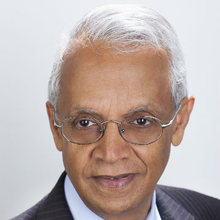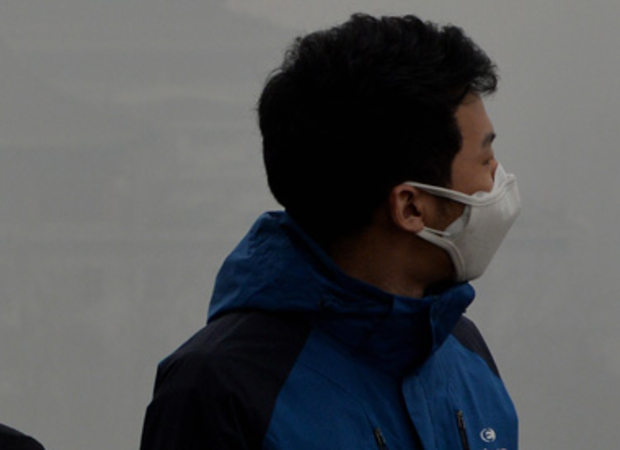Veerabhadran Ramanathan is a Distinguished Professor of the Scripps Institution of Oceanography, University of California at San Diego and UNESCO Professor of Climate and Policy at TERI University, Delhi, India.
Ramanathan discovered the greenhouse effect of halocarbons, particularly CFCs, in 1975. Along with R. Madden, in 1980 he predicted that global warming would be detected by 2000. In 1985, he led the first international NASA/WMO/UNEP assessment on the climate effects of non-CO2 greenhouse gases and concluded that they are as important as CO2 to global climate change. He was among a team of four that developed the first version of the U.S. community climate model in the 1980, and Ramanathan has done other significant work in the field of climate change.
He now leads Project Surya, which mitigates black carbon and other climate warming emissions from solid biomass cooking in South Asia and Kenya and documents their effects on public health and the environment. Teaming up with California Air Resources Board, he has initiated a World Bank sponsored project to reduce soot emissions from the transportation sector in India.
He has won numerous prestigious awards including the Tyler prize, the Volvo Prize, the Rossby Prize, and the Zayed prize. He was the 2013 Science and Innovation Laureate of the United Nations Champions of Earth. He has been elected to the U.S. National Academy of Sciences, American Philosophical Society, the Pontifical Academy by Pope John Paul II, and the Royal Swedish Academy of Sciences. He serves in Pope Francis' Council for the Pontifical Academy of Sciences.





